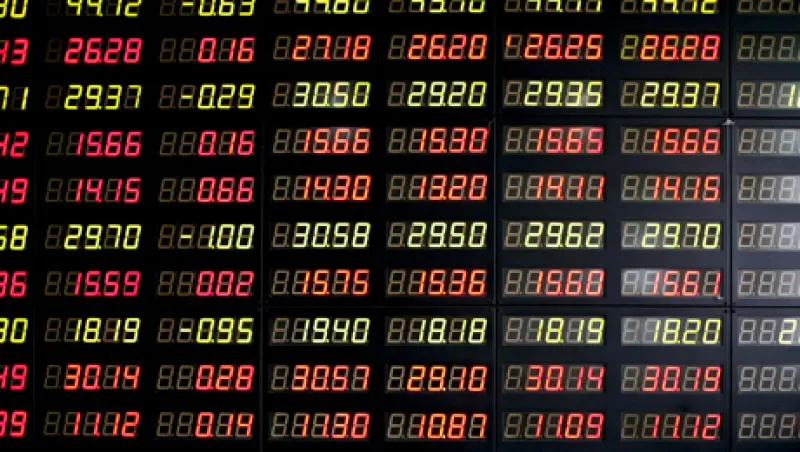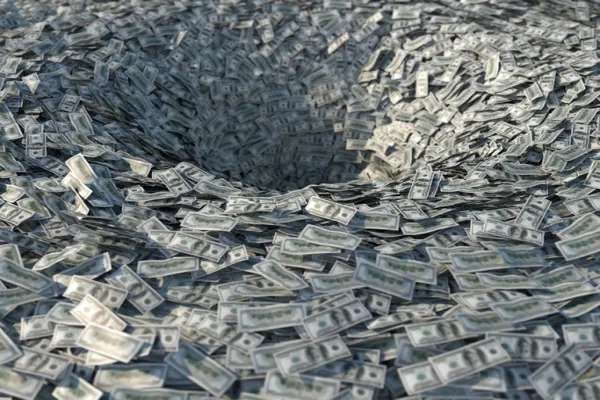Despite more allocators depending on active management to generate returns amid volatility, the numbers continue to show that the vast majority of actively managed funds fail to beat their benchmarks.
New research from Morningstar shows that only 33 percent of actively managed mutual funds and ETFs survived and outperformed their passive peers over the year ending June 2025 — a 14 percentage-point drop from the previous year.
U.S. stock-pickers of all sizes saw lower success rates — large-cap (32 percent), small-cap (30 percent), and mid-cap (28 percent). Collectively, active domestic equity managers only saw a 31 percent success rate, down significantly from 44 percent a year earlier. The S&P Dow Jones Indices reported similar figures earlier this year showing that most active equity funds underperformed in 2024 and 2023.
Active bond managers, meanwhile, saw the biggest collective year-over-year drop, with success rates plummeting 31 percentage points to 31 percent for the 12 months through June 2025. In particular, actively managed corporate bond funds failed spectacularly, with only 4 percent succeeding.
Speaking with Institutional Investor, Bryan Armour, North American director of ETF and passive strategies research at Morningstar, noted that a combination of factors threw active managers off their games this year.
For example, while most passive corporate bond funds focused on the intermediate part of the yield curve, which Armour described as “the sweet spot,” active managers “tend to take a more barbell approach, so that worked against them.”
“It was a rough 12 months,” he said. “It was almost like a head-fake of volatility where markets dropped pretty quickly then rebounded. That makes it hard for active managers.”
Another factor impacting bond funds were the tariffs announced in early April, causing active managers to take some risk off the table. But by the end of June, spreads had tightened. “So they missed the rebound when they took the risk off,” he said. “The best course of action was to do nothing during the volatility of April.”
In stocks, the biggest challenge for active managers was missing out on some of the biggest winners over that period. Stocks with frothy valuations like Peter Thiel’s Palantir “drove a lot of the outperformance over the past year.” And ironically, while most active funds avoided Palantir because of its high valuation, it was owned in several passive funds.
Long-term results also fell, with only 21 percent of active funds beating their passive peers over the 10 years through the end of June. The trend was worst among U.S. large-cap funds, where the penalty for picking a poor manager outweighed the reward of finding a winner.
While active public equity and bond funds have failed to deliver alpha, Armour noted that active management could thrive in private markets, real estate, and emerging markets. “There are structural challenges in those less liquid markets where active managers tend to do best,” he said.
Although these funds are failing to perform, institutions like Baylor University and Commonfund OCIO remain confident in active managers’ ability to capitalize on volatility.(As some investors pointed out, however, most institutions use separate accounts and other vehicles rather than the mutual funds analyzed by Morningstar.)
However, not all allocators think active will save the day. “The notion of active management outperforming indexing assumes that an allocator can not only identify these managers, but can also actually access them,” said the University of Nebraska Foundation’s CIO Brian Neale, who indexes the $2 billion portfolio’s entire U.S. public equity playbook. Neale added that most allocators overestimate their manager selection abilities.
Despite the bad news for active managers coming out of Morningstar’s latest report, Armour is optimistic about long-term performance. “The long term is where people are going to earn their performance,” he said. “The active managers that survive the full decade period tend to outperform the passive and there’s more opportunities for excess returns.”






